
On the southern edge of the world, a waterfall runs red as blood
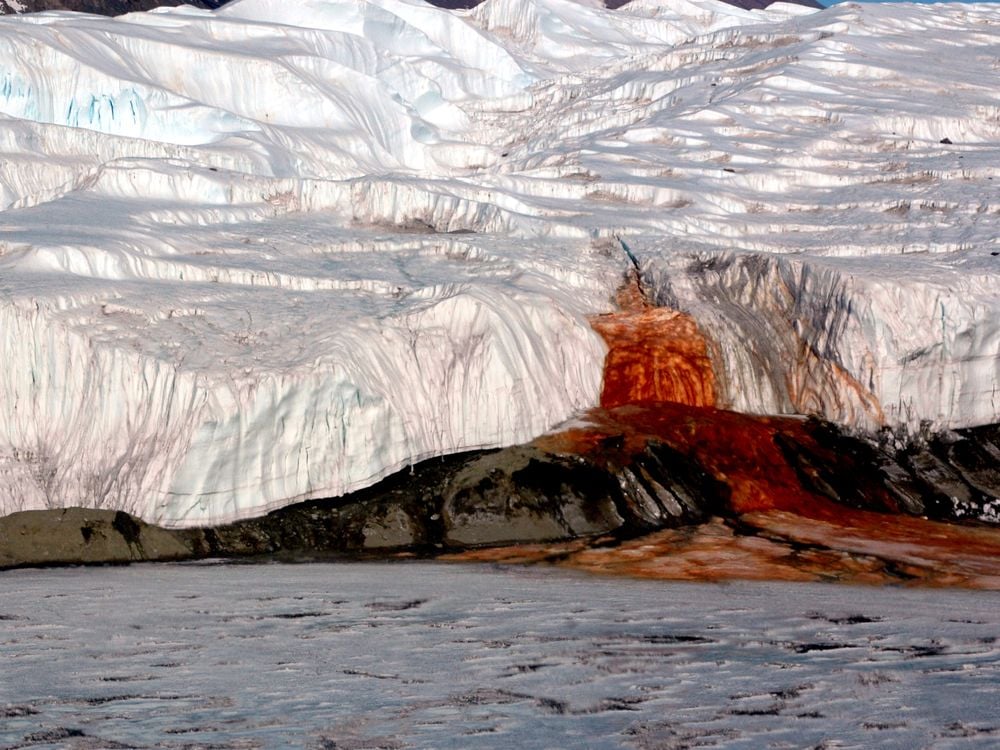

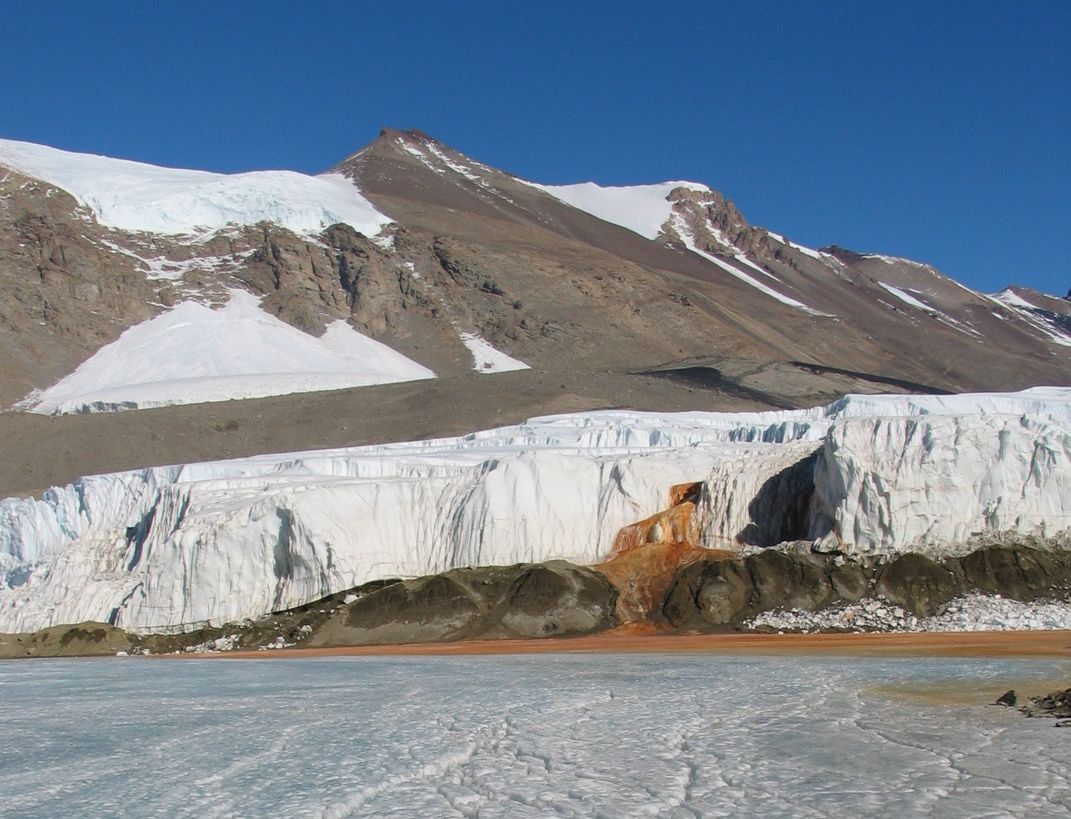
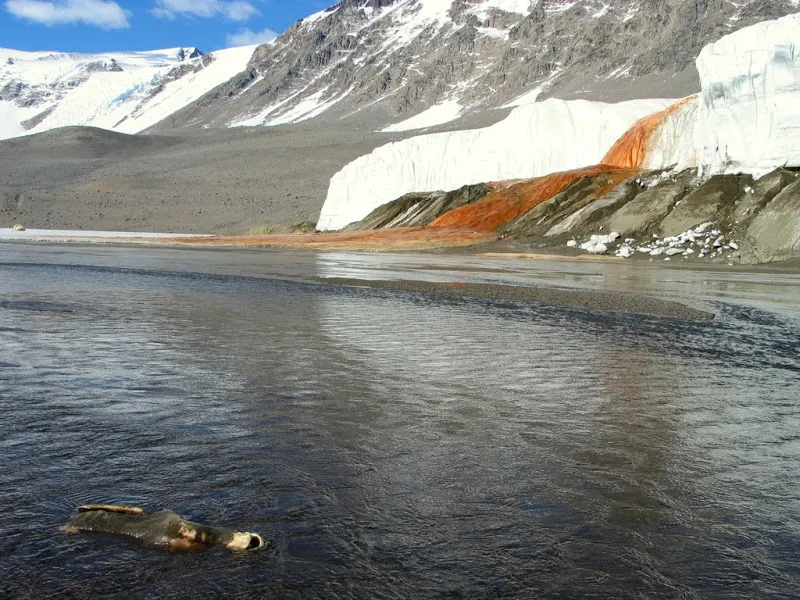
In one of the most unexpected places on Earth—Antarctica’s McMurdo Dry Valleys—there exists a phenomenon so strange and visually arresting that it has fascinated scientists and explorers for decades. Known as Blood Falls, this eerie, crimson-colored waterfall seeps out from the end of the Taylor Glacier and spills into Lake Bonney, staining the pristine white ice with streaks that look uncannily like blood pouring from a wound in the glacier.
A Strange Sight in an Icy Desert
The McMurdo Dry Valleys are among the driest and most extreme deserts on the planet, with landscapes so barren and lifeless they’re often compared to the surface of Mars. Amid this frozen wasteland, a five-story waterfall of deep red water slowly oozes from the glacier’s base—an unexpected and almost alien sight in such an inhospitable place.
Despite its gruesome appearance, Blood Falls isn't actually blood. The coloration comes from the iron-rich, hypersaline water emerging from deep beneath the glacier. Around five million years ago, rising sea levels flooded East Antarctica, creating a salty inland lake. Over time, this lake became trapped beneath a thick layer of ice as glaciers advanced across the region, isolating it completely from the atmosphere.
A Hidden, Ancient Lake Beneath the Ice
Today, the subglacial lake that feeds Blood Falls lies about 400 meters (over 1,300 feet) below the surface and is three times saltier than seawater, making it impossible to freeze even in Antarctica's brutal cold. This underground lake is essentially a natural time capsule, having been sealed off from light and air for millions of years.
The water’s iron content comes from minerals scraped from the bedrock by moving glaciers. When the super-salty, iron-rich water finds its way through cracks in the Taylor Glacier and emerges into open air, a fascinating chemical reaction occurs: the iron oxidizes upon contact with oxygen, creating the striking rust-red hue that gives Blood Falls its name.
More Than a Visual Curiosity: Life in the Darkness
While the waterfall’s color captures immediate attention, scientists are even more intrigued by what’s living beneath the ice. Trapped in complete darkness, under immense pressure and without oxygen, are microbial communities that have somehow survived for millennia.
These ancient microbes thrive in conditions that would be lethal to most known life forms. Similar to extremophiles found in deep-sea hydrothermal vents, they derive energy not from sunlight or oxygen, but by breaking down sulfates. Through a process still being studied, the iron in the water appears to interact with the chemical by-products of this reaction, effectively recycling the sulfates so the microbes can continue using them. This closed-loop chemical cycle is astonishing, as it allows life to persist in one of the most isolated environments on Earth.
The existence of these microorganisms has sparked interest in astrobiology, as similar life forms could potentially exist in subsurface oceans on icy moons like Europa or Enceladus, where sunlight is also absent but chemical energy sources may exist.
A Remote and Fragile Wonder
Reaching Blood Falls is no easy task. The McMurdo Dry Valleys and the waterfall itself are only accessible via helicopter from nearby research stations or by specialized cruise expeditions navigating the Ross Sea. The falls flow intermittently, sometimes remaining dormant for years before a new outburst stains the ice once again.
Despite its remoteness, Blood Falls offers a window into Earth’s ancient past—and perhaps even into the conditions that could support life beyond our planet. With its haunting beauty and bizarre chemistry, this Antarctic enigma continues to captivate scientists and adventurers alike.
News in the same category

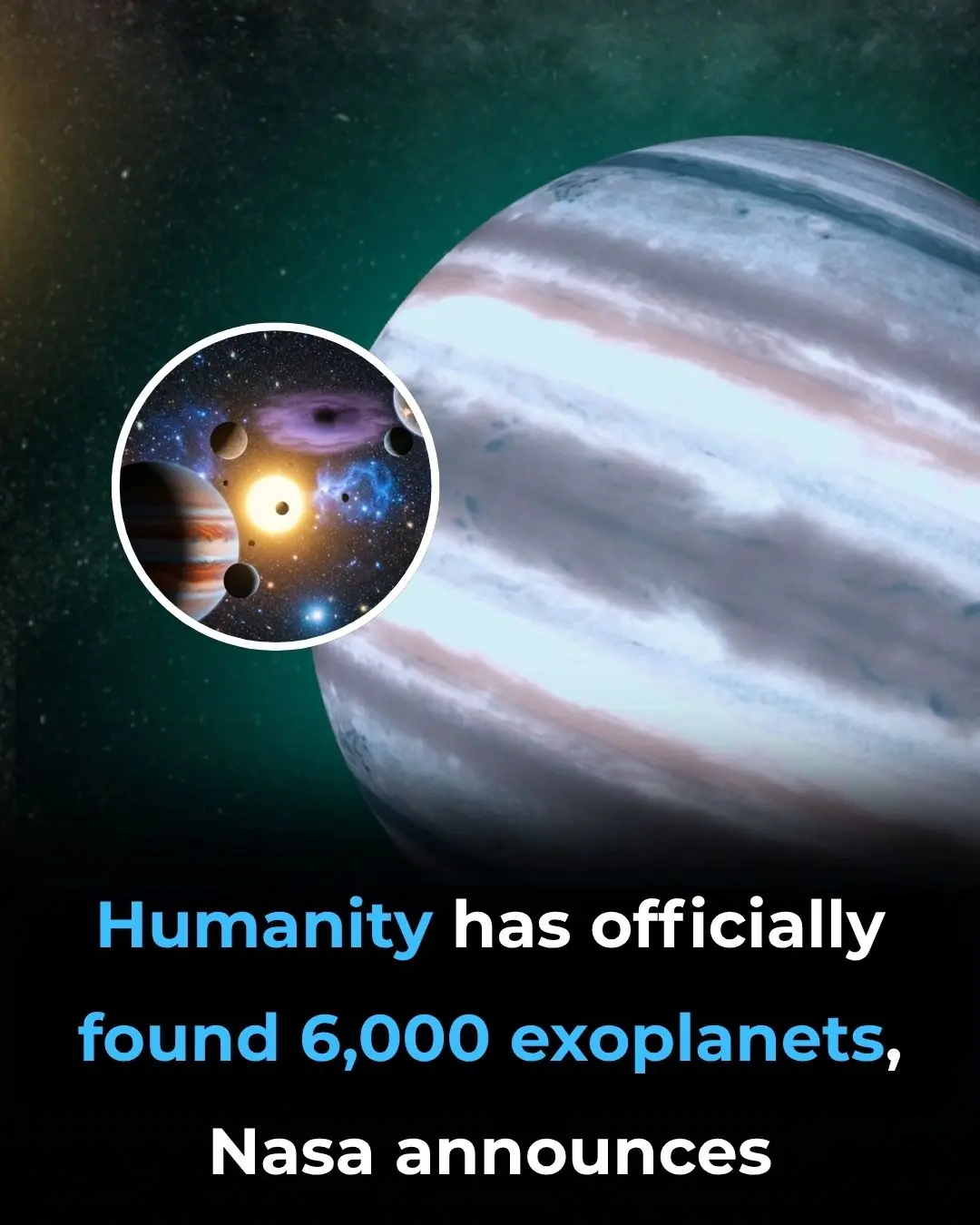
Humanity Has Officially Found 6,000 Exoplanets, NASA Announces
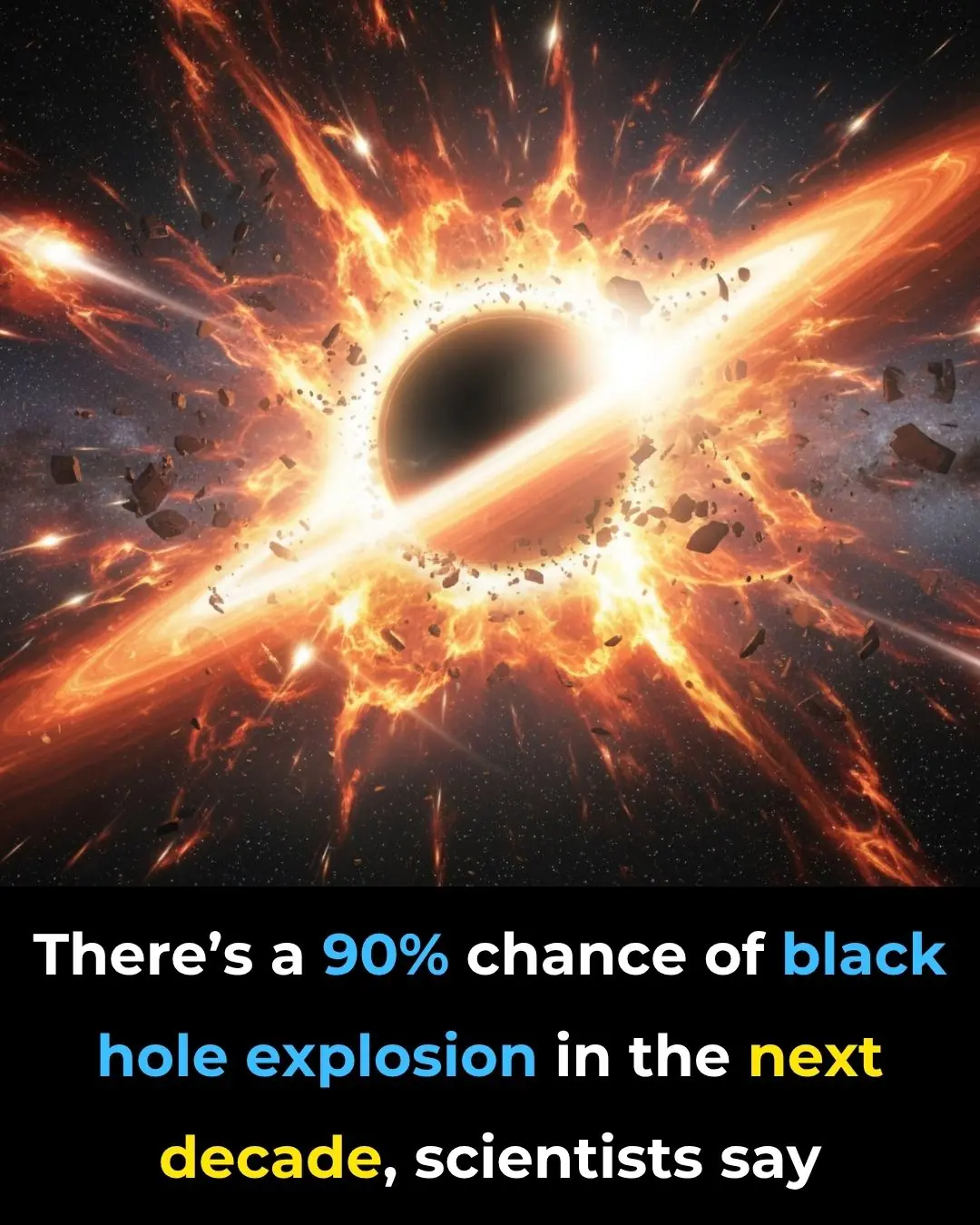
There’s A 90% Chance of Black Hole Explosion in the Next Decade, Scientists Say
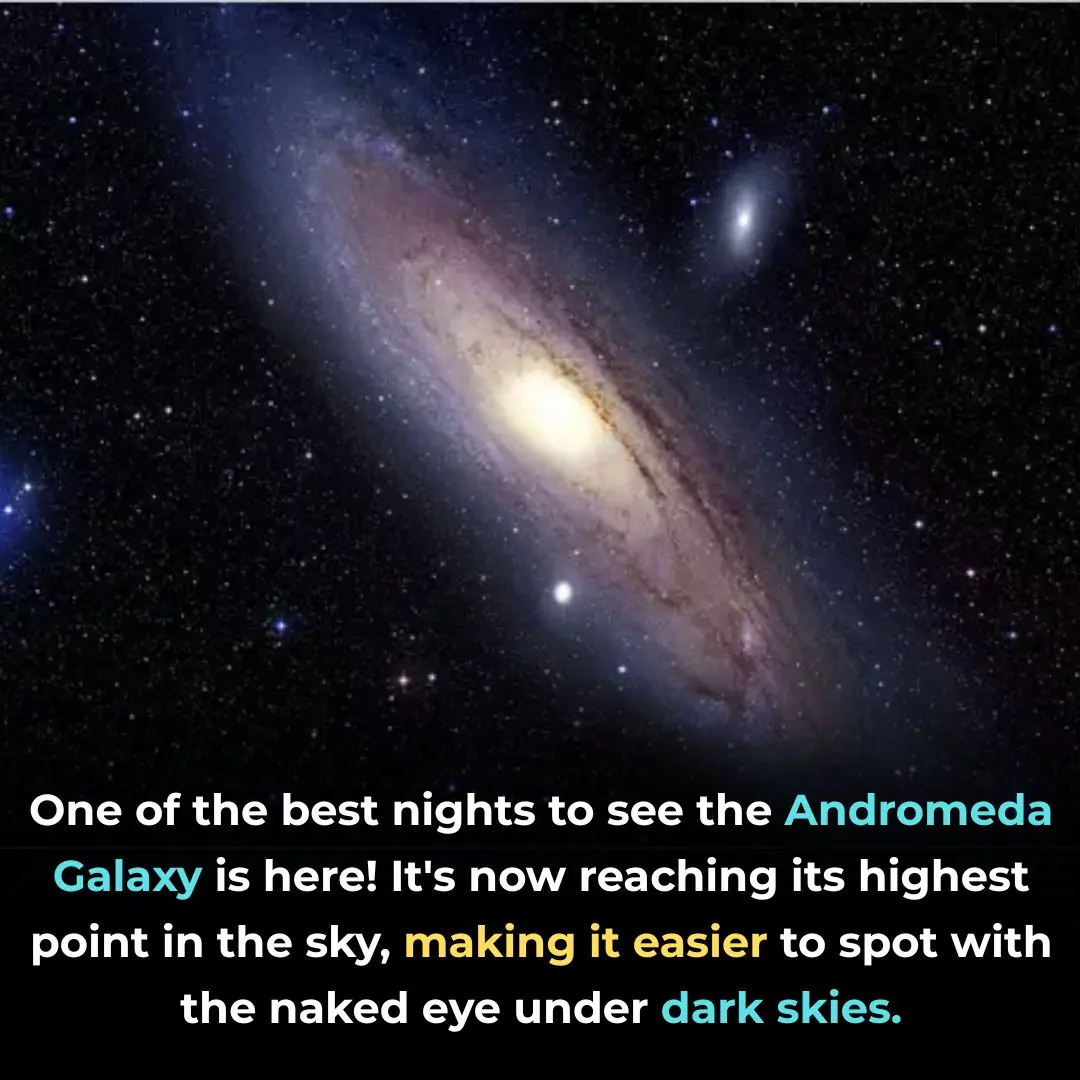
Prime views of the Andromeda Galaxy and Ceres—October 2
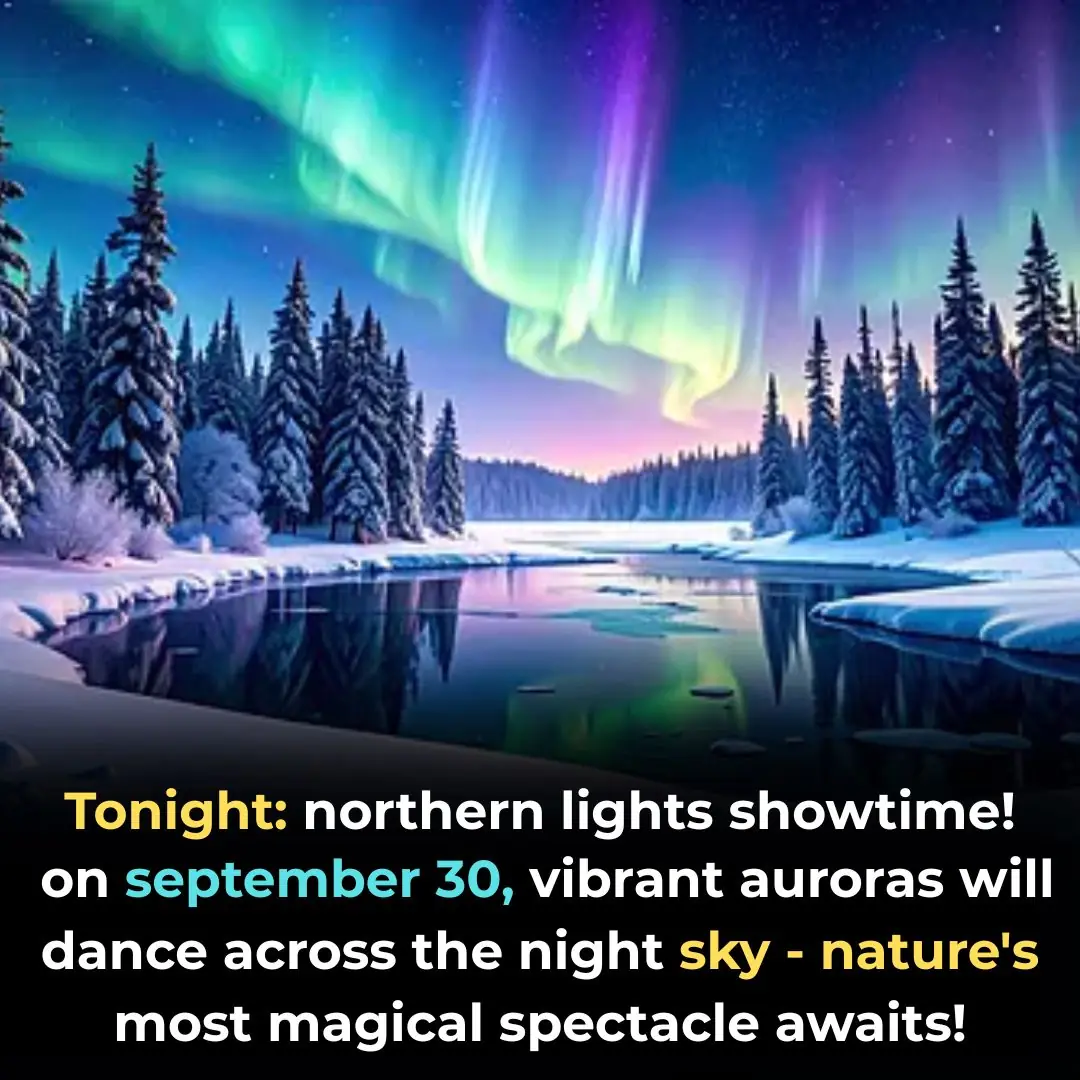
Northern Lights Could Be Seen in Northern U.S. — Sept 30 – Oct 1, 2025
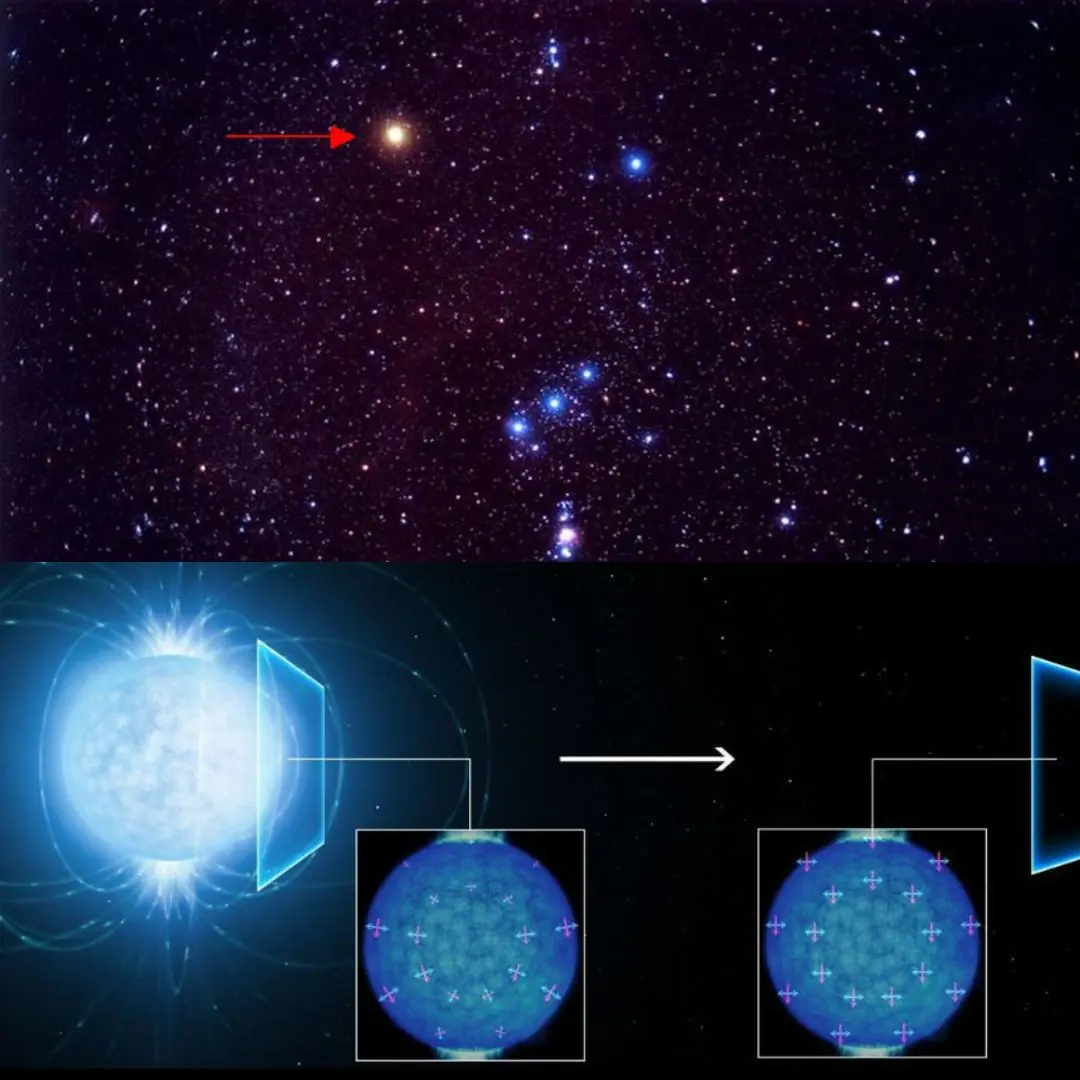
Alnitak, Alnilam, and Mintaka: Orion’s Belt Stars Thousands of Light-Years Away
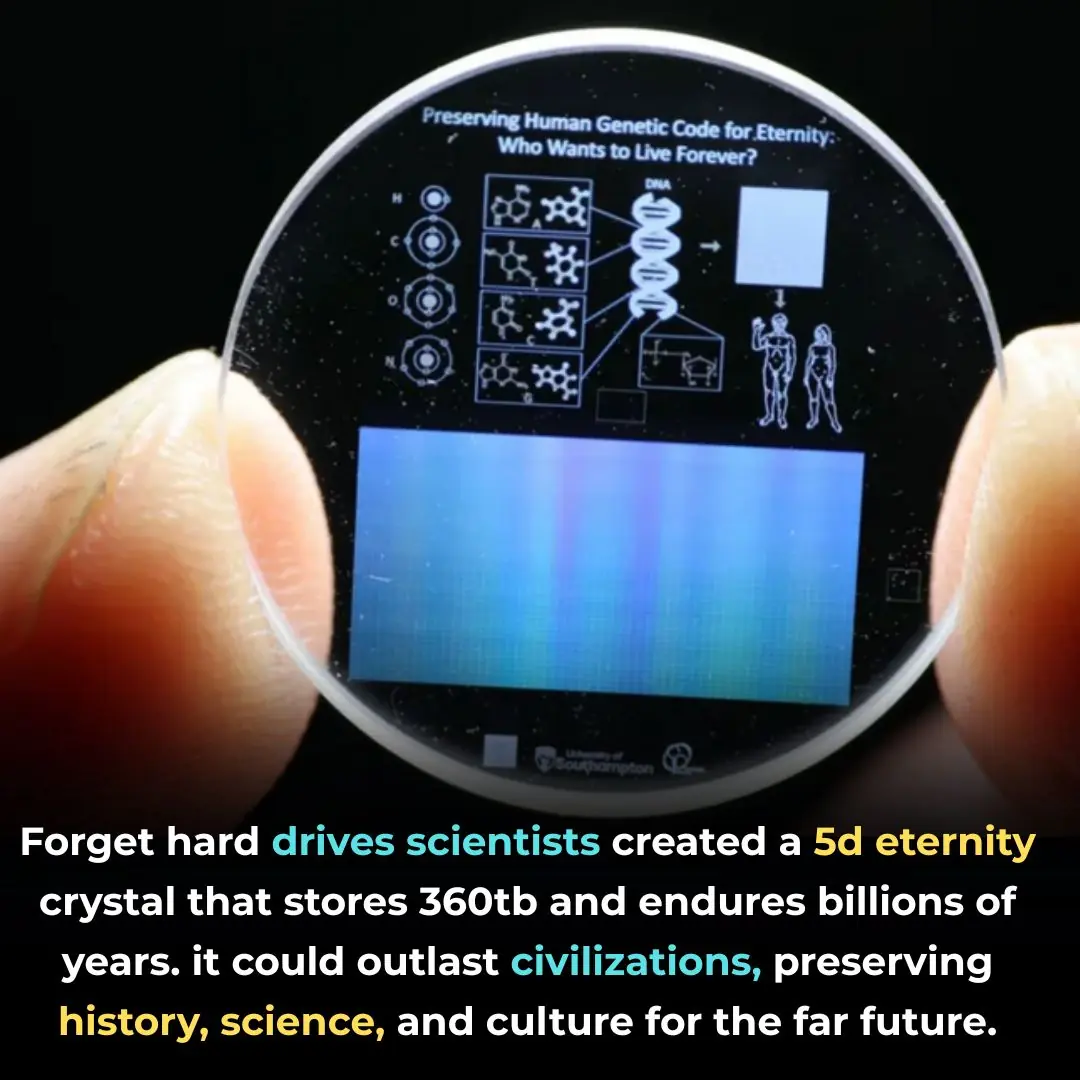
Humanity Preserved: A 5D Crystal Holds 360 TB of Our Genome to Outlast Civilization

Researchers make groundbreaking discovery about ChatGPT after testing it with 2,400 year-old math problem

Why this city has introduced a screen time limit of 2 hours per day
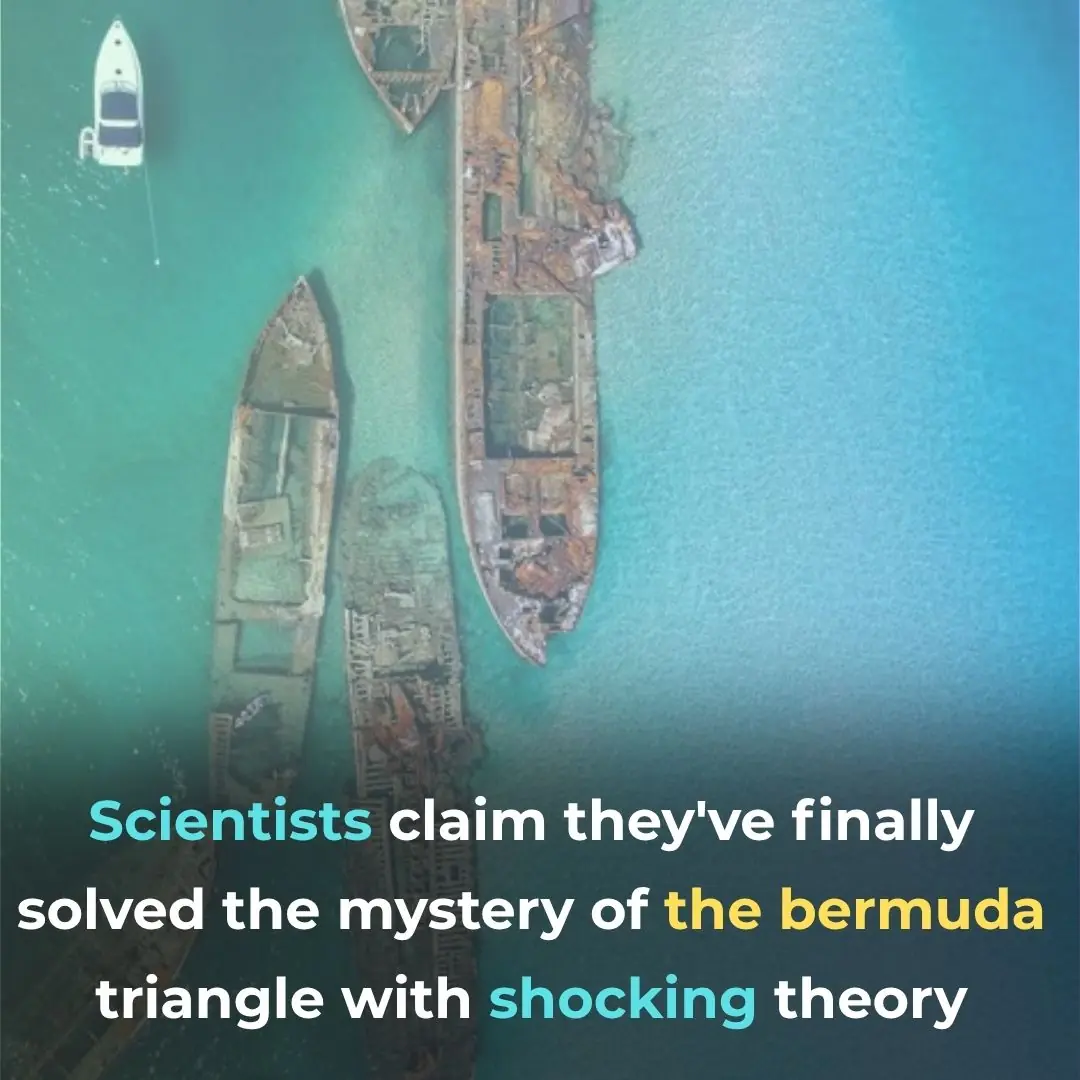
The Truth Behind the Bermuda Triangle May Be Scarier Than UFOs
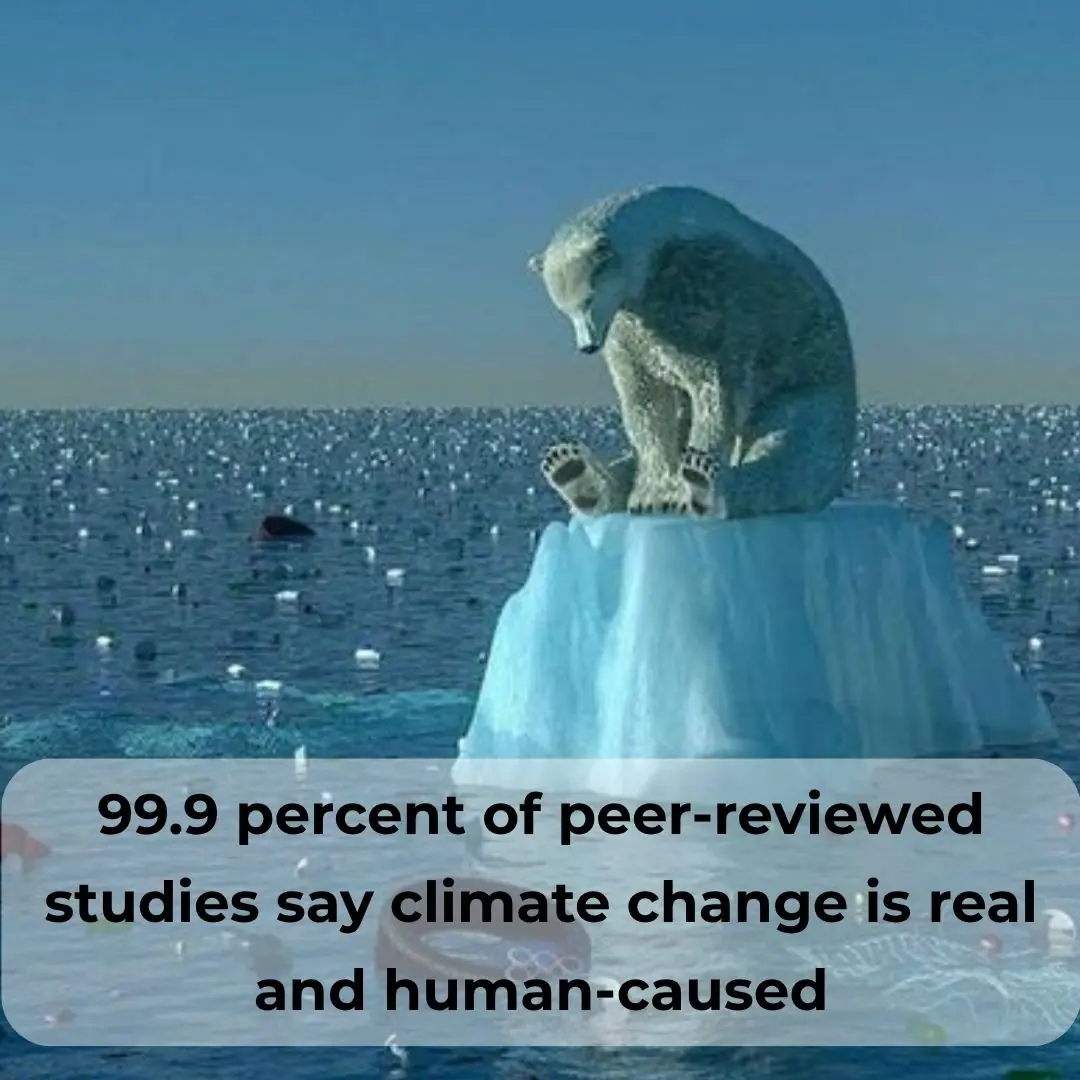
Over 99% of peer-reviewed studies confirm climate change is real and driven by humans

Passenger lands in hospital after humiliating TSA spat over stubborn jewelry
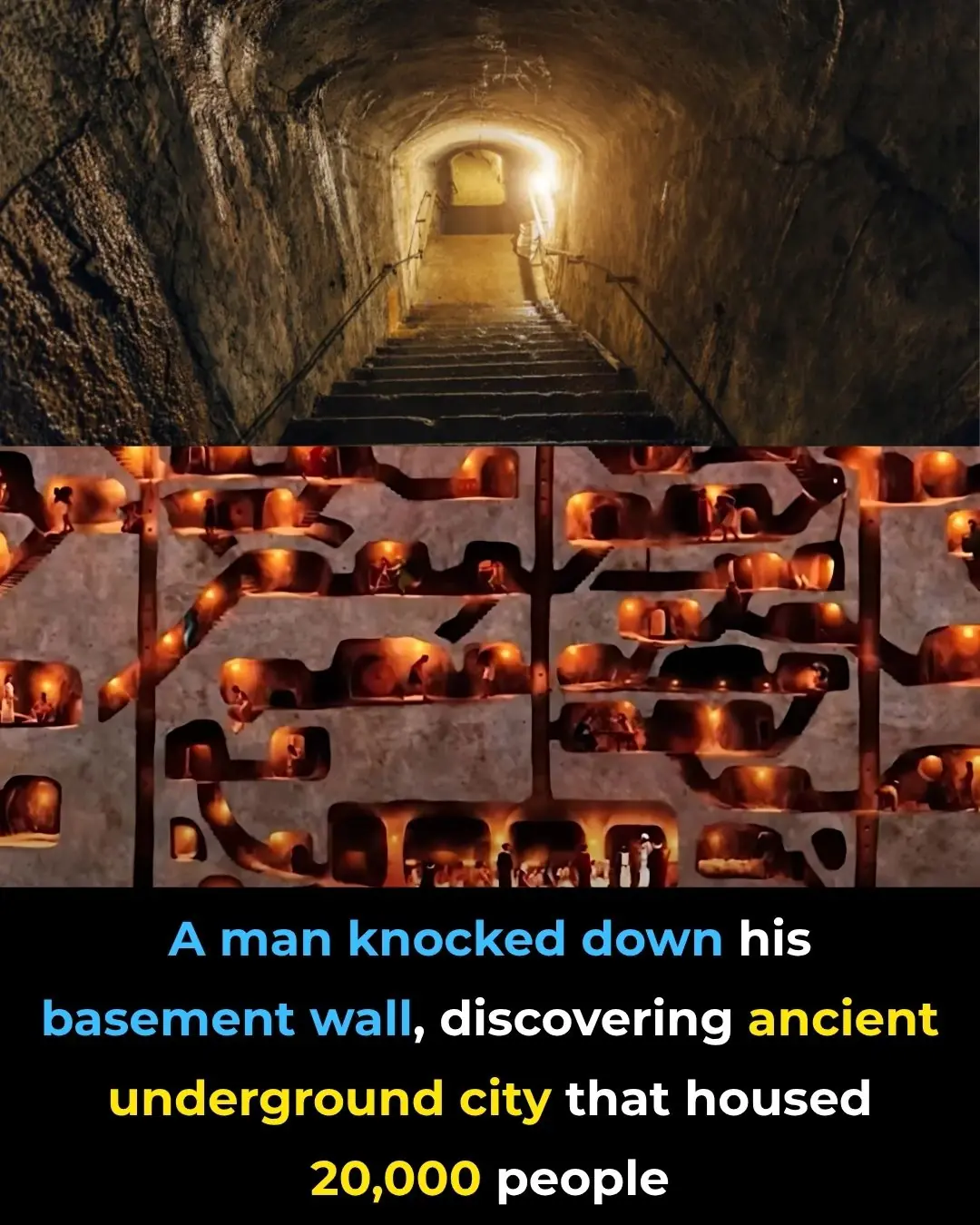
A Man Knocked Down His Basement Wall, Discovering Ancient Underground City That Housed 20,000 People
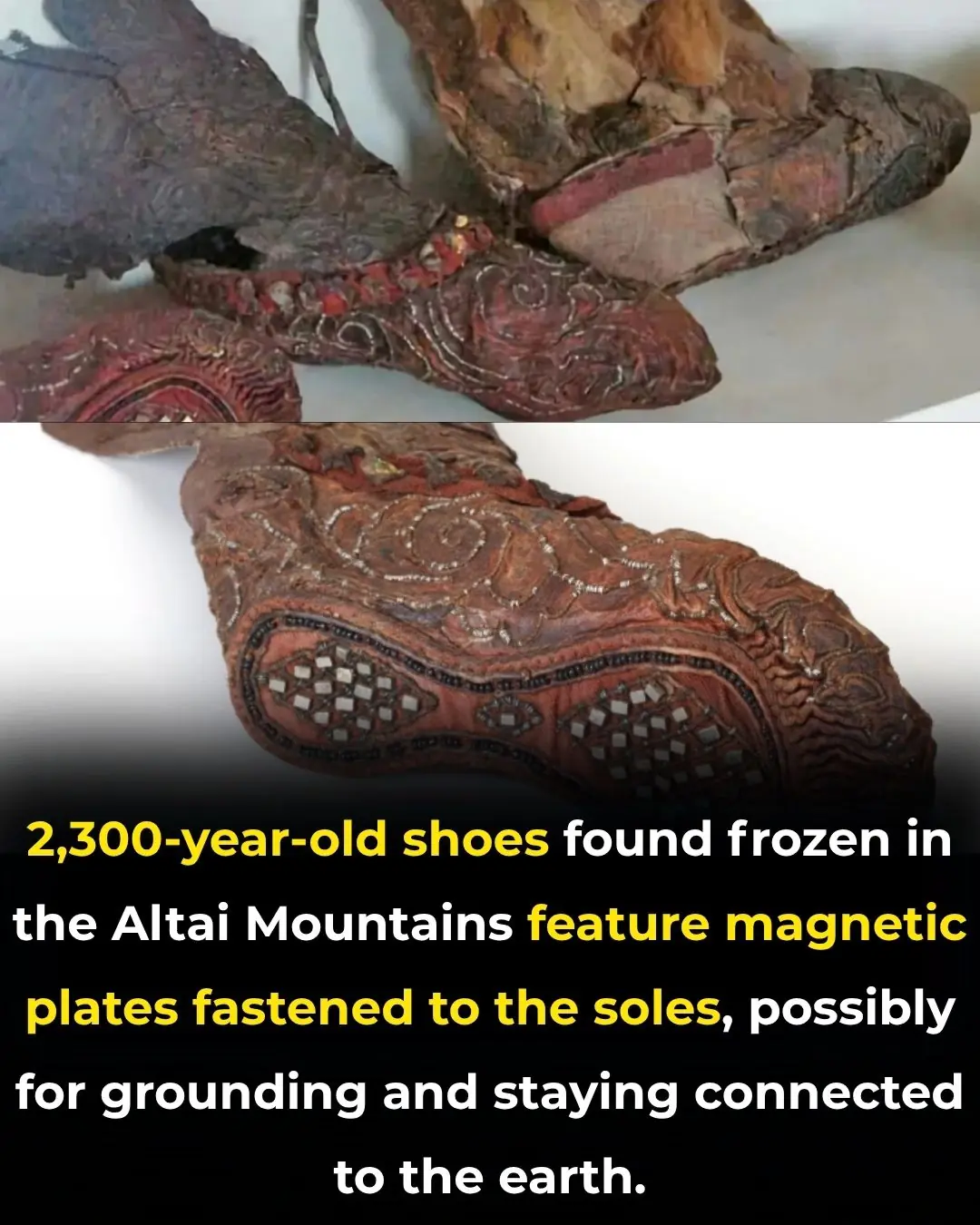
Magnificent 2300-Year-Old Scythian Woman’s Boot: A Timeless Fashion Statement
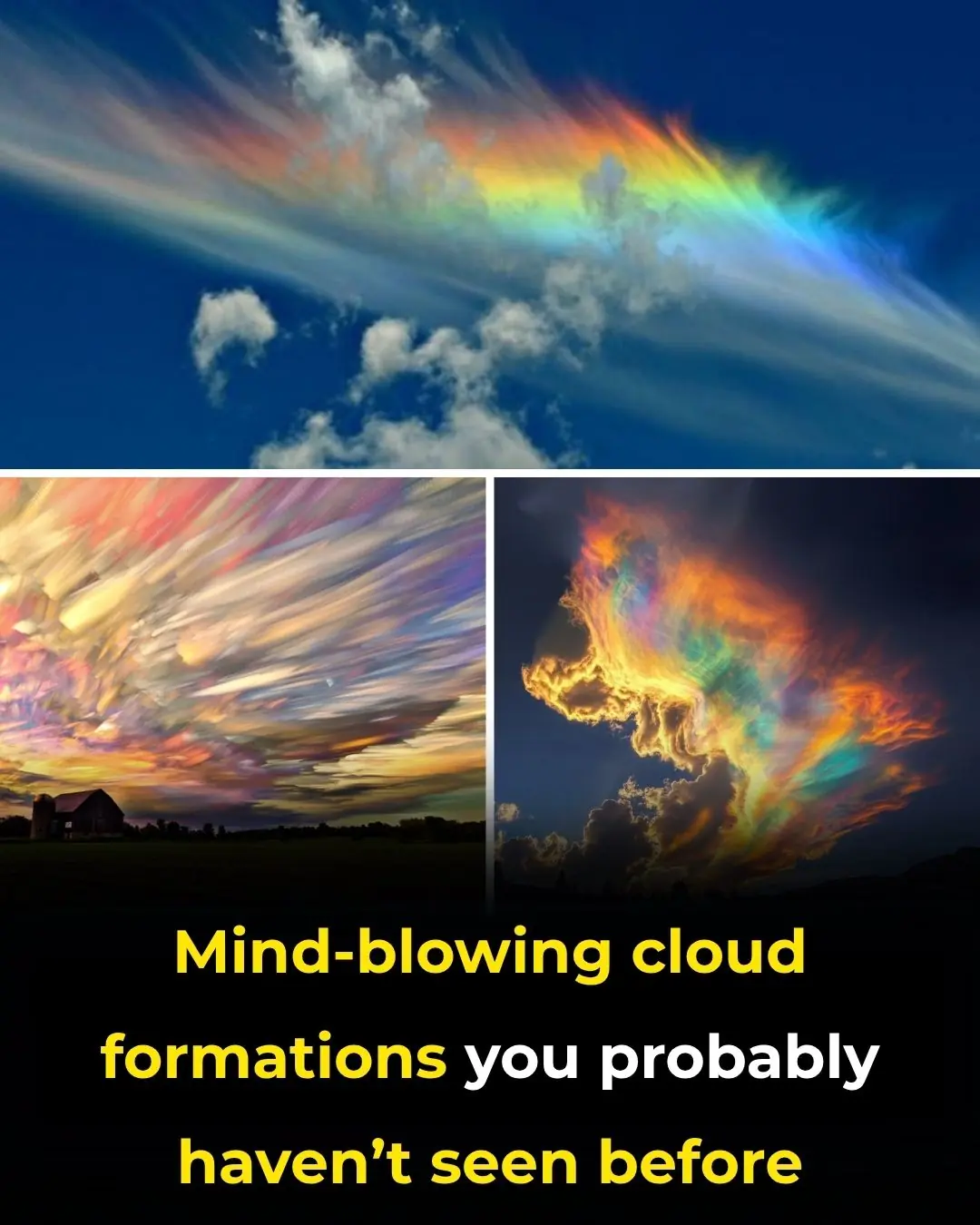
Mind-Blowing Cloud Formations You Probably Haven’t Seen Before
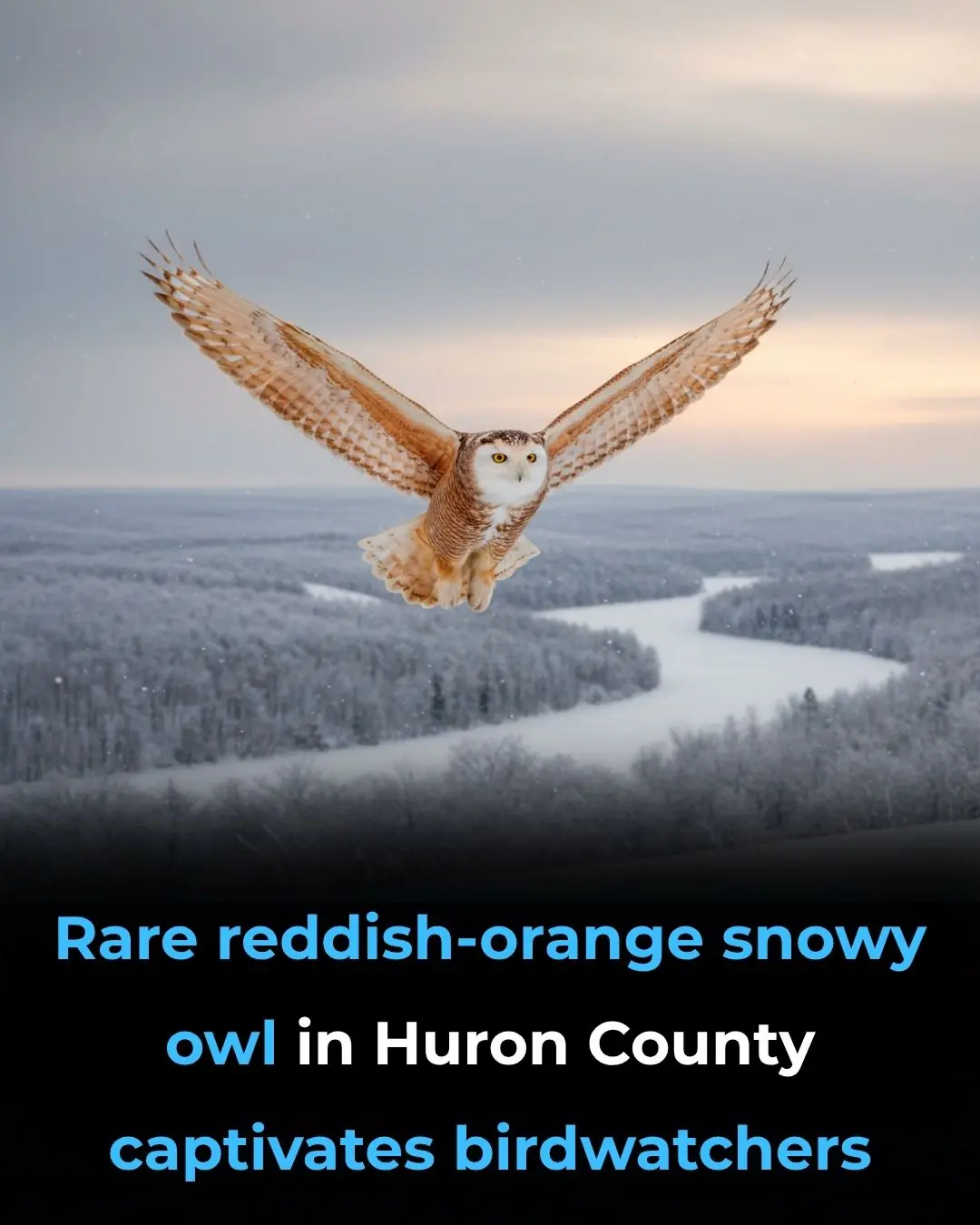
Rare reddish-orange snowy owl in Huron County captivates birdwatchers

Wildlife Crossings: A Vital Solution for Highway Safety and Biodiversity Conservation
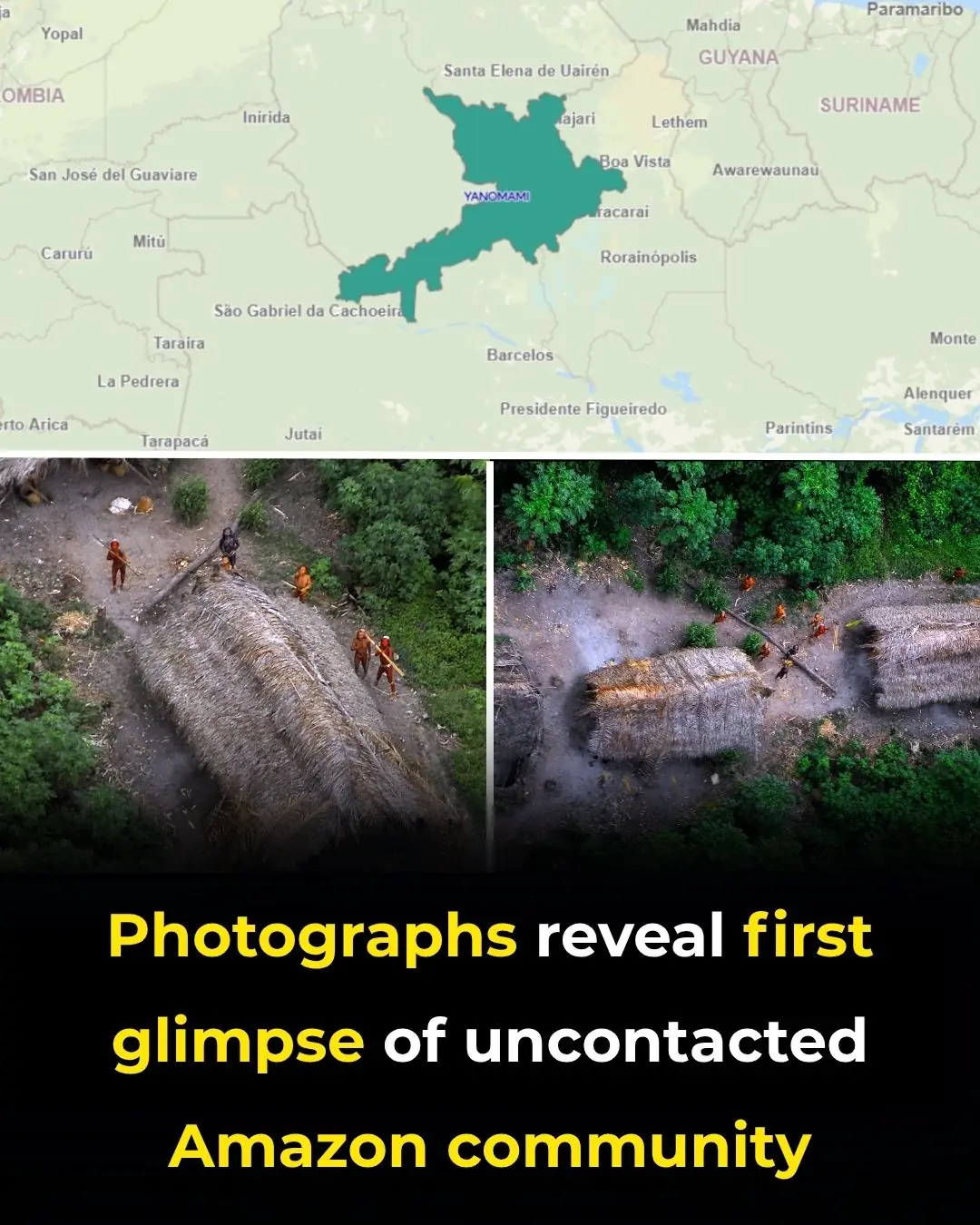
Photographs reveal first glimpse of uncontacted Amazon community

Floating Gardens on Parking Lot Roofs: Japan’s Green Revolution
News Post
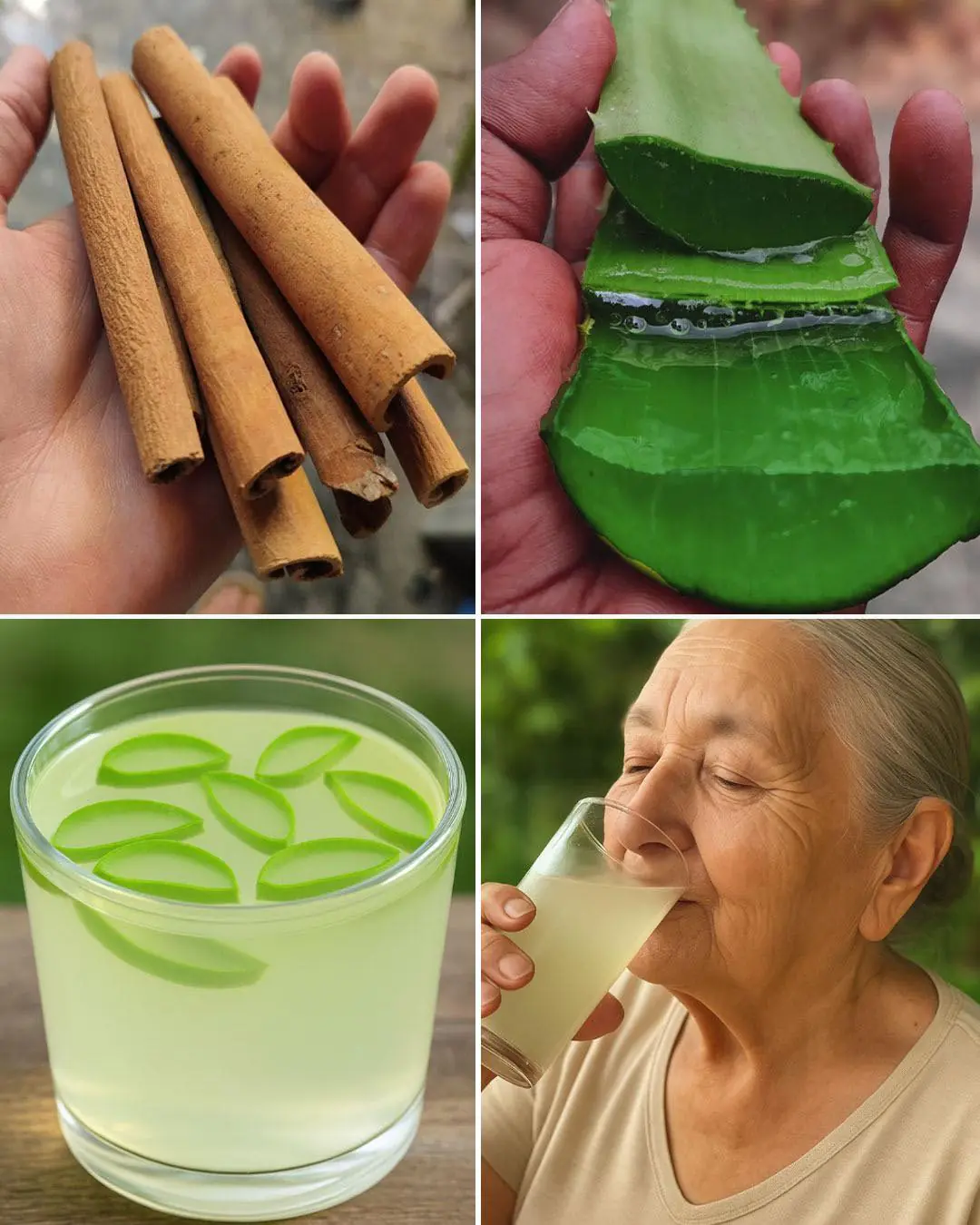
Aloe Vera and Cinnamon Remedy: Natural Benefits for Eye Health, Immunity, and Healing
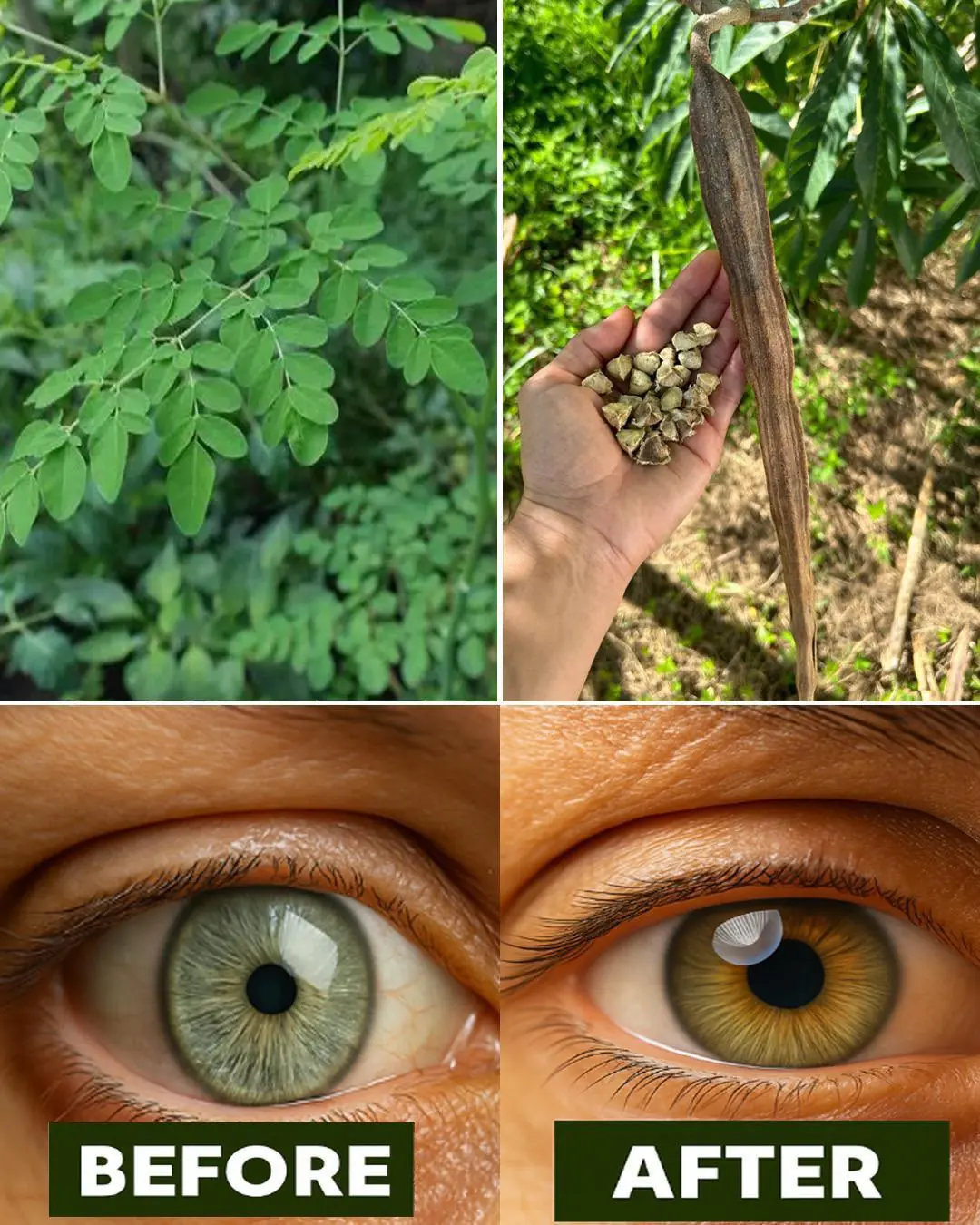
12 Powerful Benefits of Moringa Seeds

Goldenberries (Physalis peruviana): A Nutrient-Packed Powerhouse for Health and Vision

Oregano: The Golden Herb for Eye Health

Some of the Benefits of Castor Leaves and the Seed

10 Benefits and uses of purslane
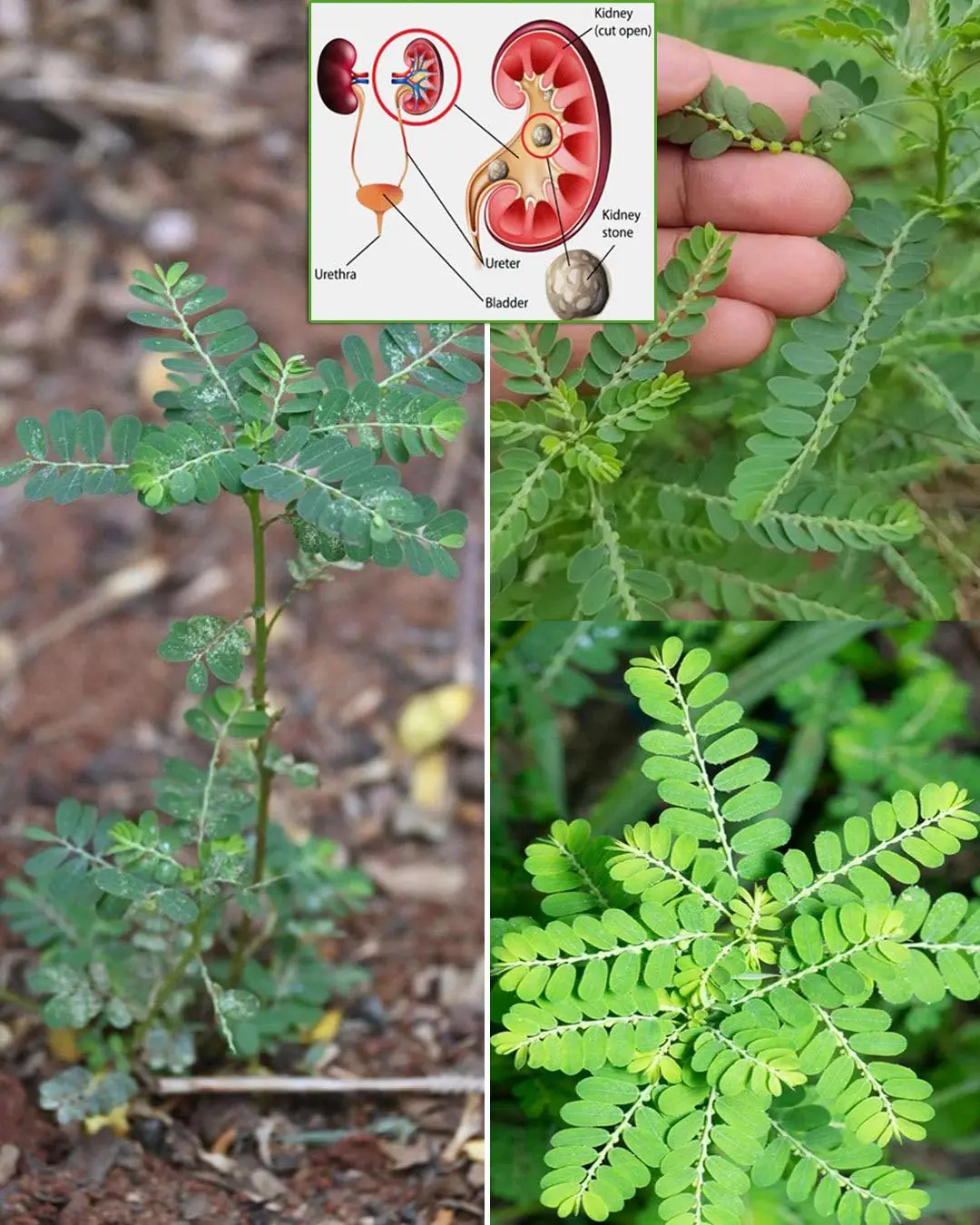
Chanca Piedra (Stonebreaker): Benefits and Uses

Do you need to unplug the rice cooker after the rice is cooked: The surprising answer November 27, 2024

7 Benefits Of Papaya Seeds & How To Consume Them Correctly
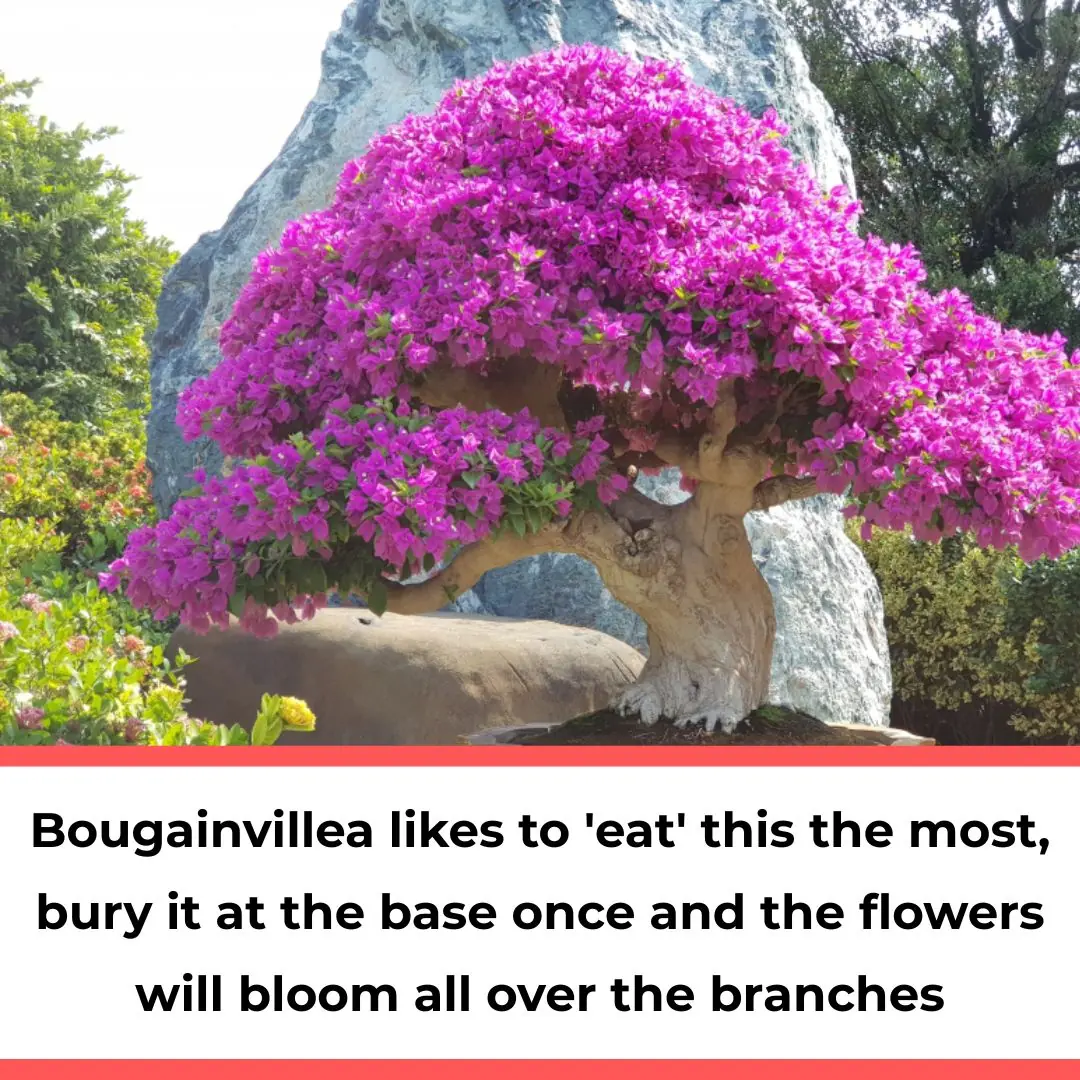
Bougainvillea likes to 'eat' this the most, bury it at the base once and the flowers will bloom all over the branches

The elders say: "If you put these 3 things on top of the refrigerator, no matter how much wealth you have, it will all be gone." What are these 3 things?

Can rice left in a rice cooker overnight be eaten? Many people are surprised to know the answer.

After boiling the chicken, do not take it out immediately onto a plate. Do one more thing to make sure the chicken is crispy, the meat is firm, and the skin does not fall apart when cut.

Cut this fruit into small pieces and put it in the pot to boil the duck: The bad smell is gone, the meat is fragrant, soft and flavorful.

Warts on Hands: Causes and Effective Natural Treatments

Medicinal Health Benefits of Turmeric, Curcumin and Turmeric Tea Based on Science

4 ways to preserve green onions for a whole month without spoiling, fresh as new

The best way to lower blood pressure fast!

9 Habits You Need To Adopt Today To Stop Alzheimer’s or Dementia Before It Starts
